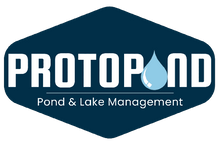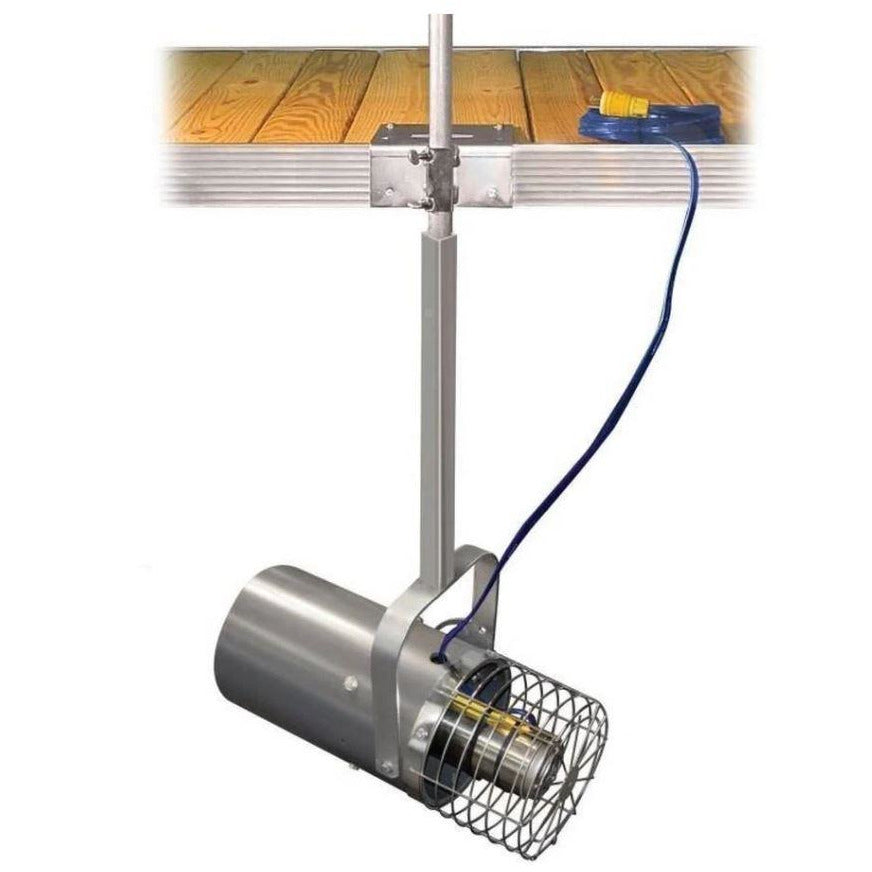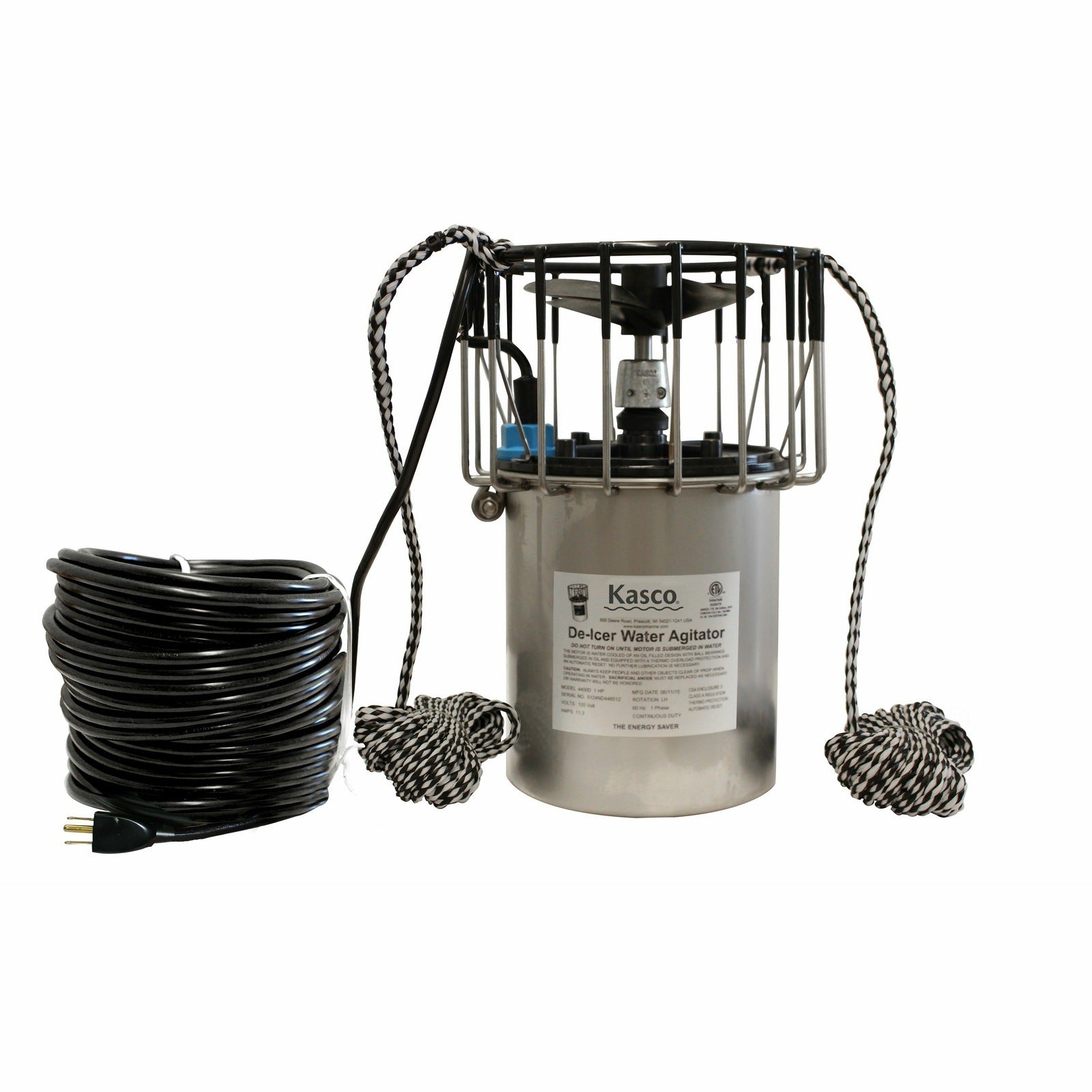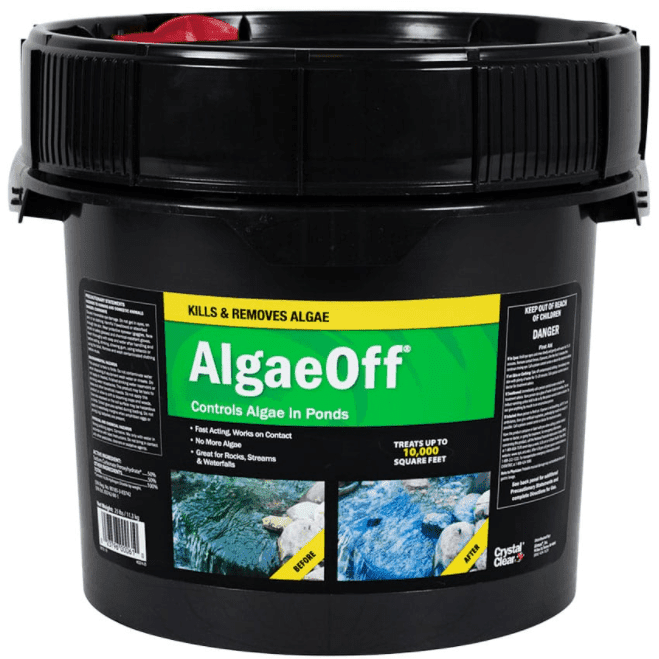Welcoming a pond turtle into your life is an exciting adventure. Though they may be quiet, these charming reptiles have unique and sophisticated dietary needs. Understanding what pond turtles eat is crucial for their health and well-being, whether they are in the wild or kept as pets. These turtles play an important role in their ecosystems, and by learning about their natural diet, common food sources, and the factors influencing their feeding habits, we can better appreciate their dietary requirements. So, how do you ensure your prehistoric-looking pal is properly fed? This guide will help you become a pond turtle nutrition expert.
Understanding Pond Turtles
Types of Pond Turtles
Pond turtles, also known as aquatic turtles, are a diverse group of species that inhabit various freshwater environments such as ponds, lakes, rivers, and marshes. Here are some common types of pond turtles:
Slider Turtles:
-
Red-Eared Slider (Trachemys scripta elegans): One of the most popular pet turtles known for the distinctive red mark behind their eyes.
-
Yellow-Bellied Slider (Trachemys scripta scripta): Similar to red-eared sliders but with a yellow plastron and yellow stripes on their skin.
Painted Turtles (Chrysemys picta):
- Known for their colorful markings on their shell and skin. They have a smooth, flat shell that is olive to black with red and yellow stripes along the margins.
Mud Turtles (Kinosternon spp.):
- Smaller turtles with domed shells. They prefer slow-moving waters and have a hinged plastron that allows them to close their shell completely.
Snapping Turtles (Chelydra serpentina):
- Large, aggressive turtles with a rugged, saw-toothed shell. They have powerful jaws and a long tail with spiked ridges.
General Characteristics of Turtles
Pond turtles are highly adapted to their aquatic environments and exhibit a range of behaviors and physical characteristics that aid their survival:
Shell Structure:
- Pond turtles have streamlined shells that facilitate swimming. The shell's color and patterns often provide camouflage against predators.
Diet and Feeding Habits:
-
They are omnivorous, feeding on a mix of plant and animal matter. Their diet can include aquatic vegetation, insects, fish, and even small amphibians .
Thermoregulation:
-
Pond turtles are ectothermic (cold-blooded), meaning they rely on external heat sources to regulate their body temperature. They bask in the sun to warm up and become more active.
Reproduction:
-
Female pond turtles lay eggs on land, typically in sandy or soft soil. The incubation period and the number of eggs can vary based on the species and environmental conditions.
Habitat Preferences:
- They prefer habitats with abundant aquatic vegetation, which provides food and shelter. Clean, fresh water is crucial for their survival.
Differences Between Wild and Captive Pond Turtles
Wild Pond Turtles:
- In the wild, pond turtles are more active and have access to a diverse diet. They are exposed to natural sunlight, which is essential for their health and helps them synthesize vitamin D3.
- They have natural behaviors such as migrating between water bodies, hibernating during cold seasons, and seeking out specific habitats for nesting and foraging.
Captive Pond Turtles:
- Pet pond turtles require a controlled environment that mimics their natural habitat. This includes proper lighting, heating, and a balanced diet.
- Captive turtles may face health issues if not provided with adequate UVB light, a varied diet, and a clean habitat. It's important to monitor their health and make necessary adjustments to their care.
What Do Pond Turtles Eat?
Pond turtles are omnivorous and their diet in the wild is diverse, consisting of both animal and plant matter. Here’s a detailed look at their natural diet:
Aquatic Insects:
- Water Striders: These insects are a common part of the diet for many pond turtles. Water striders are abundant in freshwater environments and provide a good source of protein.
- Mosquitoes: Both larvae and adult mosquitoes are consumed by pond turtles. They are an easily accessible food source in many aquatic habitats.
Crustaceans:
- Crayfish: Pond turtles often feed on crayfish, which are rich in nutrients and provide essential proteins and fats.
- Pond Snails: These are another important component of the turtle's diet. Snails are readily available in many pond environments and are easy for turtles to catch and consume.
Small Fish and Amphibians:
- Tadpoles and Frog Eggs: These are commonly found in ponds and are a nutritious food source for pond turtles, providing proteins and other essential nutrients.
Aquatic Vegetation:
- Aquatic Vegetation:
- Water Lilies: These plants are part of the diet, especially during the warmer months when vegetation is more abundant.
- Duckweed: This fast-growing plant is a staple in many pond ecosystems and provides necessary fiber and vitamins for the turtles.
Seasonal Variations
The diet of pond turtles changes with the seasons, reflecting the availability of food sources in their environment:
Spring and Summer:
- During the warmer months, pond turtles have access to a wider variety of foods. Aquatic insects, crustaceans, small fish, and amphibians are more abundant, providing a rich diet high in protein and fats. Aquatic vegetation also flourishes, offering a good balance of plant matter.
- The turtles are more active during these seasons, which corresponds to their higher metabolic needs. They consume more food to store energy for the colder months.
Fall and Winter:
- As temperatures drop, the availability of food sources decreases. Pond turtles adjust their diet accordingly, often consuming more plant matter, which remains relatively available even in cooler conditions.
- In preparation for hibernation, turtles reduce their activity levels and their food intake decreases significantly. They rely on the energy reserves built up during the warmer months
What To Feed Turtles in the captivity?
A balanced diet is crucial for the health and well-being of pond turtles. In captivity, it’s important to provide a mix of both plant and animal matter to mimic their natural diet.
Plant-Based Foods
Plant-based foods are an essential part of a pond turtle's diet, providing necessary vitamins and fiber.
- Leafy Greens: Turtles benefit from leafy greens such as lettuce, spinach, and kale. These greens are rich in vitamins and minerals, essential for a turtle’s health.
- Aquatic Plants:Plants like elodea are not only natural but also provide a familiar food source for pond turtles. Including aquatic plants in their diet can help replicate their natural feeding environment.
- Fruits as Occasional Treats: While fruits should not make up the bulk of their diet, they can be given occasionally as treats. Fruits like apples, melons, and berries provide variety and additional nutrients but should be fed in moderation to avoid excessive sugar intake.
Animal-Based Foods
Animal-based foods are crucial for providing the proteins and fats that pond turtles need.
- Insects: Insects such as crickets, mealworms, and waxworms are excellent sources of protein. They are similar to the types of prey pond turtles would find in the wild, making them a natural choice for captive diets.
- Fish and Shrimp: Small fish like minnows and feeder fish, as well as shrimp such as ghost shrimp, are good protein sources. They provide essential fats and nutrients that are important for the turtle’s health.
- Protein Sources from Live Prey (with Caution): Live prey can be fed to pond turtles to stimulate natural hunting behaviors, but it should be done cautiously. Feeding live prey such as small fish or insects helps keep turtles active and engaged. However, it’s important to ensure that the prey is healthy and free from parasites.
Pellets
Pellets are budget-friendly yet rich in nutrients. Look for brands specifically designed for pond turtles. By offering a mix of commercial foods, fresh greens, fruits, insects, and small fish, you can help ensure that your pond turtle receives a balanced and nutritious diet.
What Do Baby Turtles in the Pond Eat?
Baby turtles have similar dietary needs to adults, but with a twist:
- More Protein: Baby turtles need a higher percentage of protein in their diet for proper growth. Offer them more insects and chopped worms alongside their veggies and pellets.
- Smaller Bites: Make sure to chop food into bite-sized pieces suitable for their smaller mouths.
What Not to Feed Turtles In The Pond?
To ensure the health and safety of pond turtles, it's essential to avoid certain types of foods that can be harmful or even fatal.
Processed Human Foods:
- Bread, Dairy, Sweets: These foods are not suitable for pond turtles. Bread lacks nutritional value, dairy can cause digestive issues since turtles are lactose intolerant, and sweets can lead to obesity and other health problems.
Foods Treated with Pesticides or Herbicides:
- Any plants or vegetables treated with pesticides or herbicides should be strictly avoided. These chemicals can be toxic and cause serious health issues for pond turtles.
Raw Meats and Large Food Items:
- Feeding raw meats can expose turtles to harmful bacteria and parasites. Additionally, large food items can pose a choking hazard and cause digestive blockages.
High Oxalate Foods:
- Foods high in oxalate, like spinach and beet greens, can interfere with calcium absorption. Keep these in moderation.
How To Feed Your Turtles In The Pond?
Feeding pond turtles in captivity requires understanding different techniques to ensure they receive the right amount of food. Two popular methods are the "15 Minutes Method" and the "Size of the Head Method."
- The "15 Minutes Method": This method involves feeding the turtle as much as it can eat in 15 minutes.
- Advantages: Ensures the turtle gets enough food without overfeeding; helps maintain a feeding schedule.
- Disadvantages: Can lead to overfeeding if not monitored carefully; some turtles might eat too quickly or too slowly.
- The "Size of the Head Method": This technique involves feeding the turtle a portion of food roughly the size of its head.
- Advantages: Helps prevent overfeeding; easier to measure portions; promotes a balanced diet.
- Disadvantages: May not be suitable for all turtles, especially those with varying activity levels; might require adjustments as the turtle grows
Scatter It Up:
Sprinkle food across the pond's surface to encourage natural foraging behavior.
Shallow Feeding Dish:
For pellets or chopped veggies, use a shallow dish placed on rocks so it doesn't sink.
Variety is Key:
Offer a mix of foods throughout the week to keep your turtle interested and well-nourished.
How Often you should feed Turtles?
The feeding frequency and portion sizes for pond turtles vary based on their age and activity levels.
Differences in Feeding Frequency Based on Age:
Baby Turtles:
-
Need to be fed every day due to their rapid growth and higher energy requirements.
- Typically require a diet rich in protein to support their development.
Juvenile Turtles:
- Should be fed every other day. As they grow, their diet can include more plant matter.
- Balanced nutrition is crucial to support their continued growth and development.
Adult Turtles:
- Can be fed 2-3 times a week. Their diet should consist of a balanced mix of protein and vegetation.
- Feeding less frequently helps prevent obesity and other health issues.
Adjusting Portion Sizes:
- Growth: As turtles grow, their portion sizes need to be adjusted to match their increased size and nutritional needs.
- Activity Levels: More active turtles may require slightly larger portions or more frequent feeding. Conversely, less active turtles should have smaller portions to avoid overeating.
- Monitoring the turtle’s health and weight is important to make necessary adjustments. Ensuring a varied diet that includes both plant and animal matter helps meet all their dietary needs
Signs of Nutritional Deficiencies
Common symptoms of a poor diet can include soft shell, lethargy, weight loss, and shell deformities. If you notice any of these signs, it's essential to adjust their diet and consult with a veterinarian if necessary to address any underlying nutritional issues.
In conclusion, ensuring that pond turtles receive a nutritious and well-rounded diet is essential for their vitality and longevity. By being mindful of their natural dietary preferences, offering a variety of foods, and monitoring their health, we can help these fascinating reptiles thrive in their environments. Whether observing them in the wild or caring for them as pets, understanding what pond turtles eat is key to their overall well-being.
To get the most out of your water feature, having the right tools on hand makes all the difference. Whether you’re improving aesthetics or boosting water circulation, decorative pond fountains are a game-changer. For better water quality, don’t overlook pond water aerators or efficient dock de-icing bubblers to prevent ice buildup. You can also explore high-performing dock deicers for year-round dock protection. And if you’re managing water flow, reliable pond circulation pumps and submersible water pumps will keep everything running smoothly.













